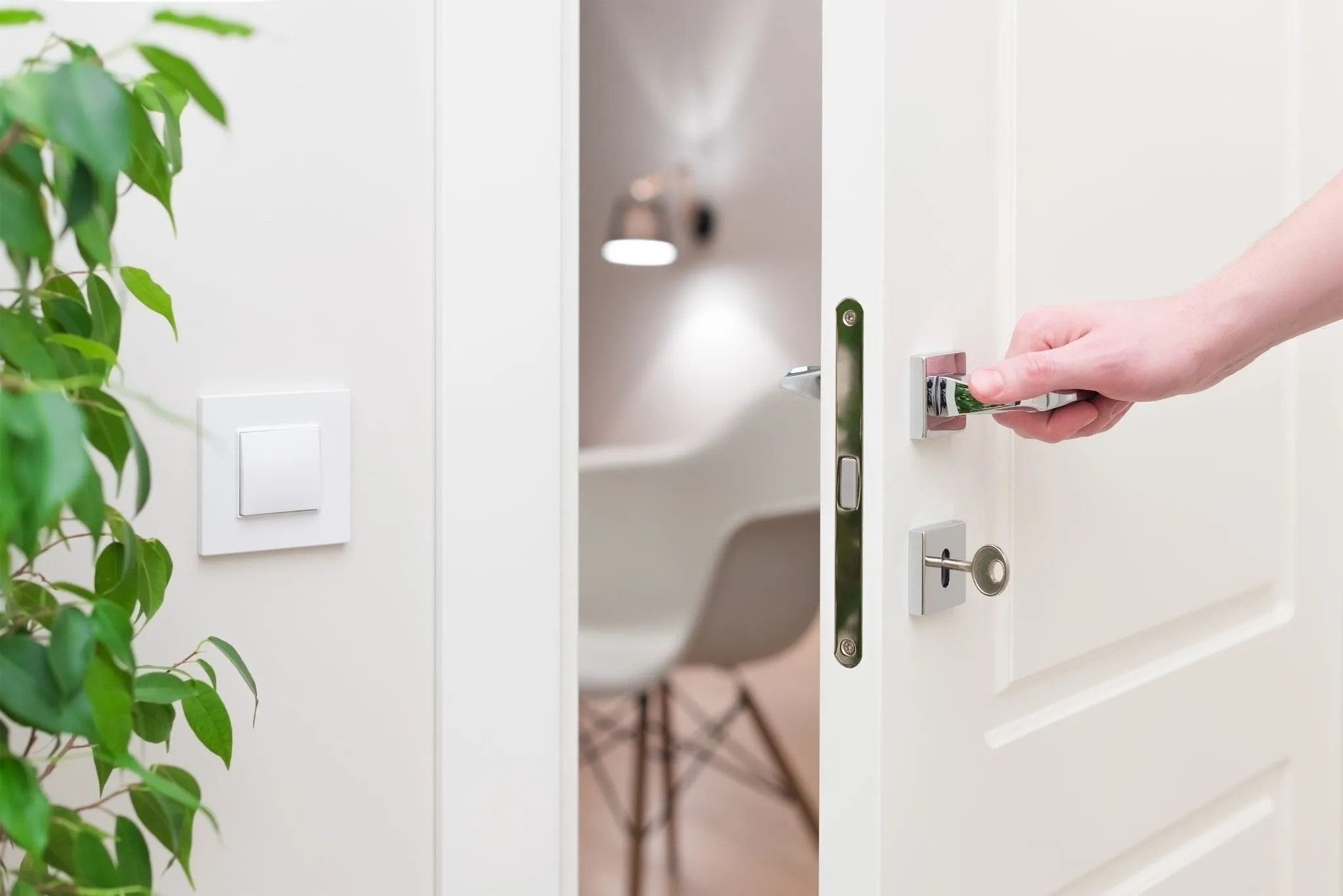Choosing the Right Door Opening Direction: A Comprehensive Guide
Selecting the perfect door for your building involves more than just aesthetics and material choice. A crucial, yet often overlooked, aspect is the optimal direction for the door to open. This decision significantly affects the door’s functionality, accessibility, safety, and its integration with the overall design of the space.
Understanding Door Swing Directions
Familiarity with door swing terminology is essential:
- Right-Hand Swing: When facing the door from inside, the handle is on the right.
- Left-Hand Swing: When facing the door from inside, the handle is on the left.
This distinction is vital for planning room layouts and ensuring the door’s swing direction enhances the space.



